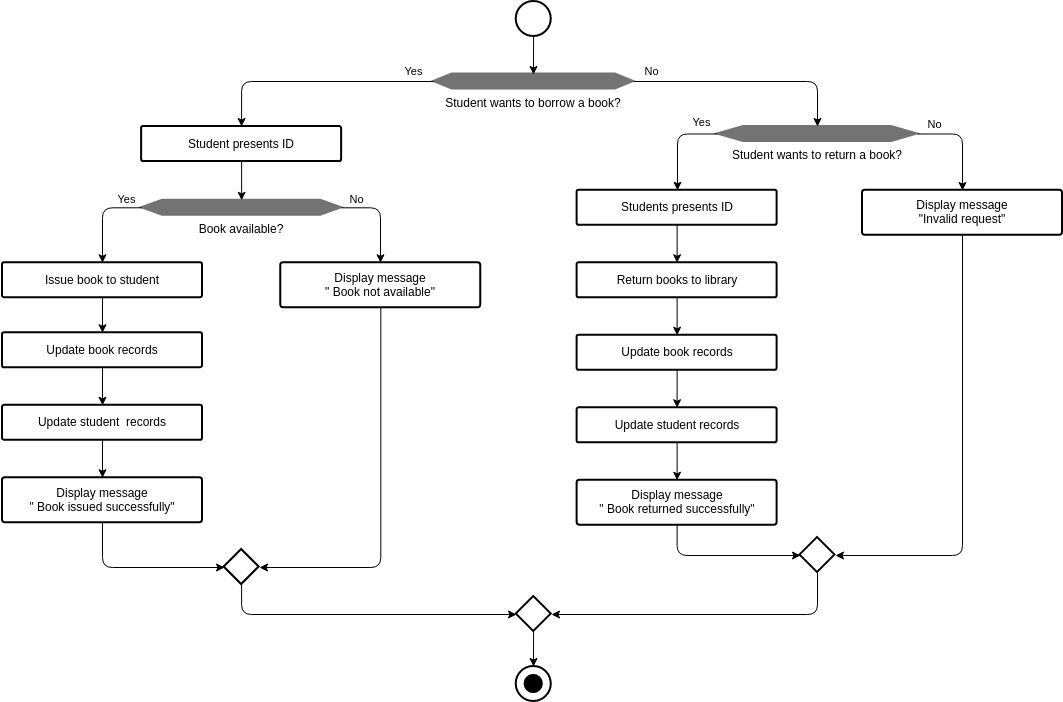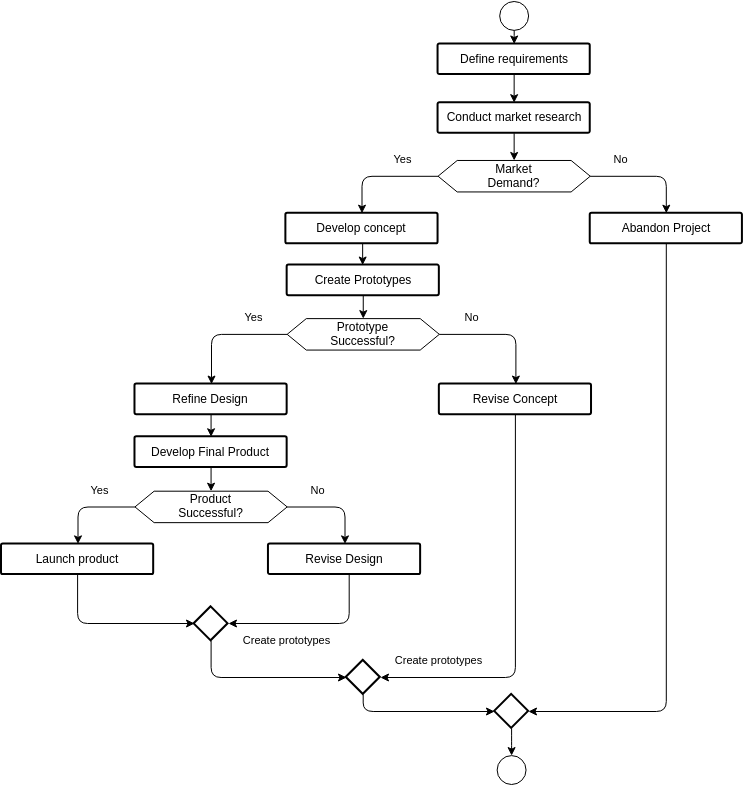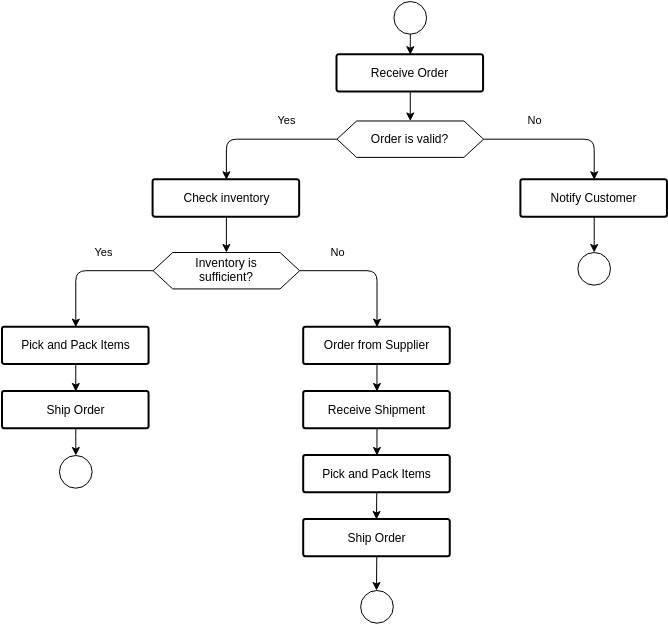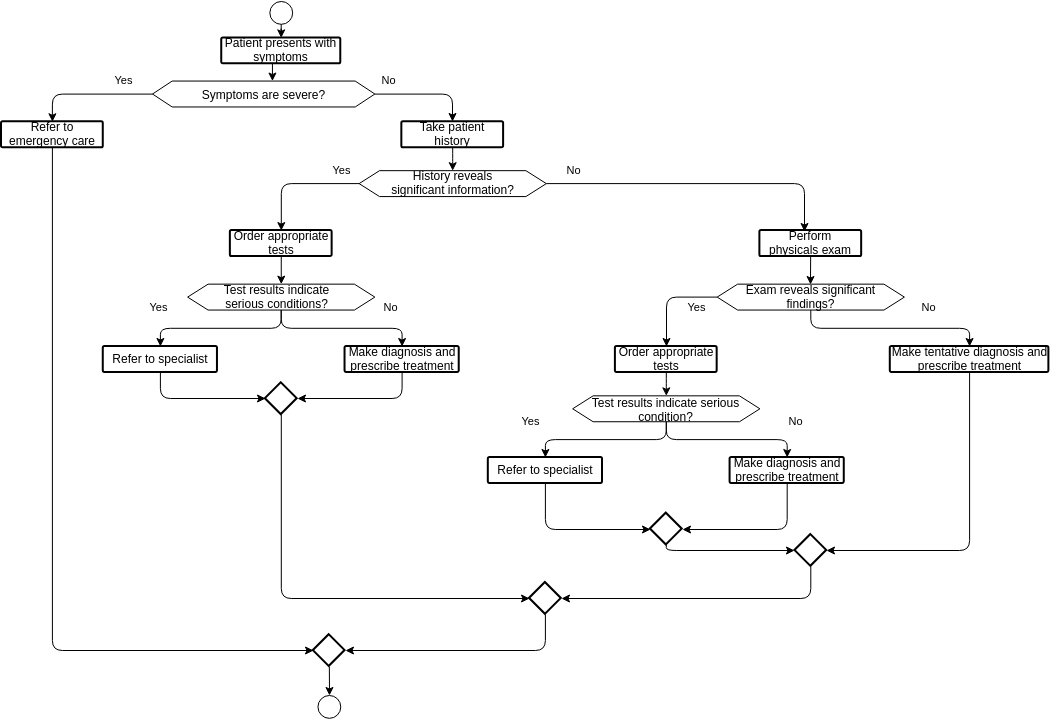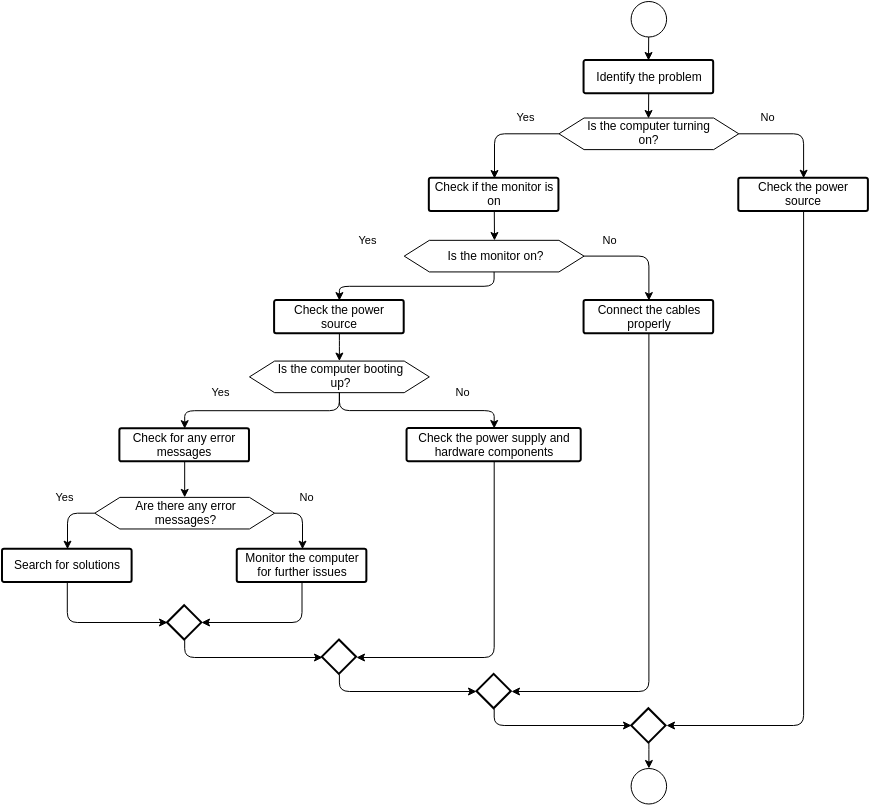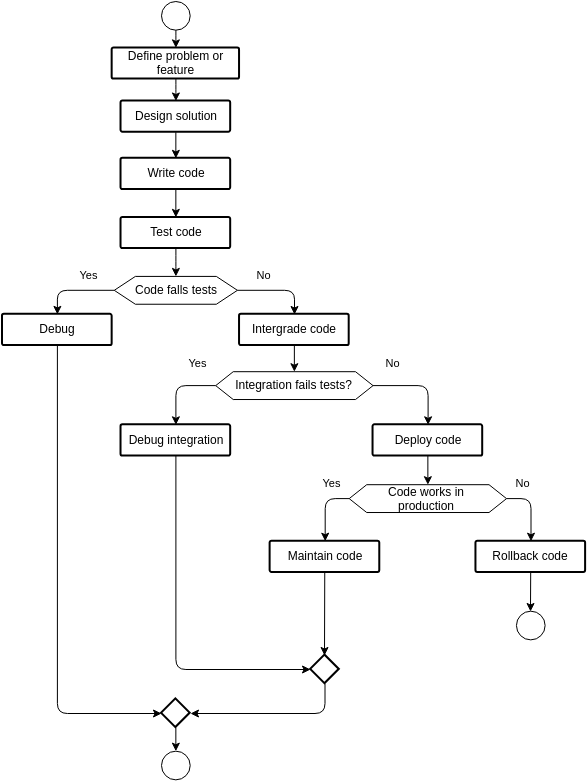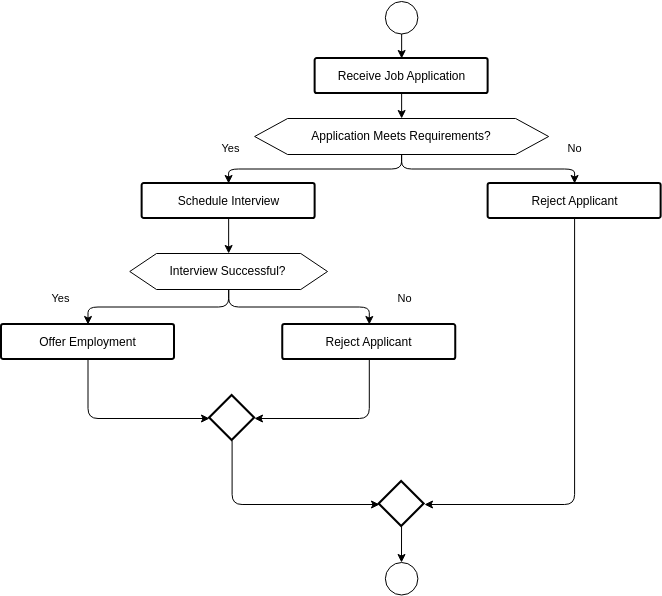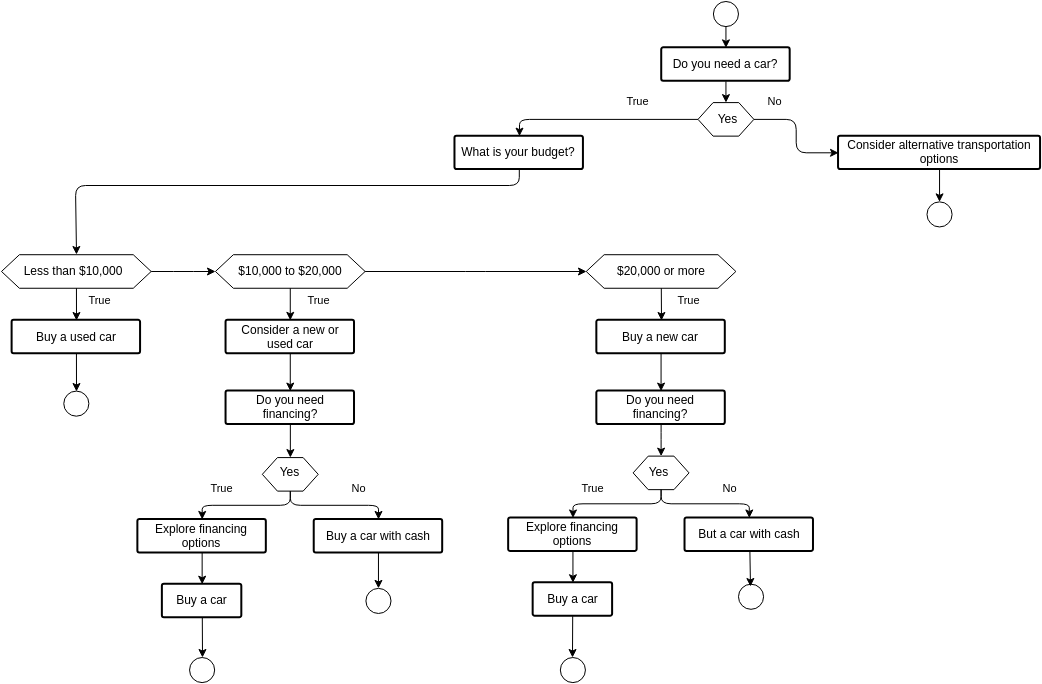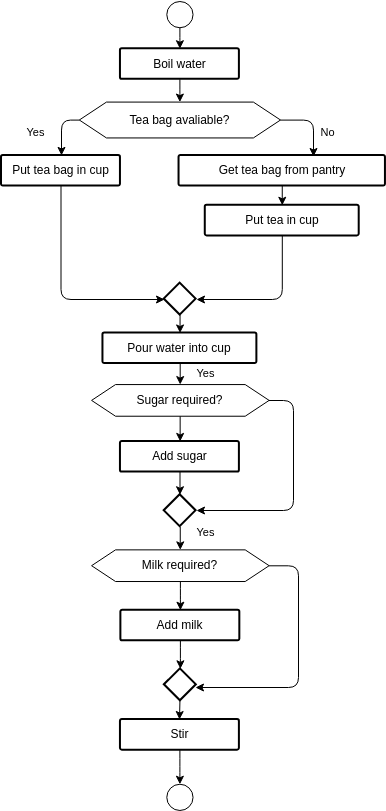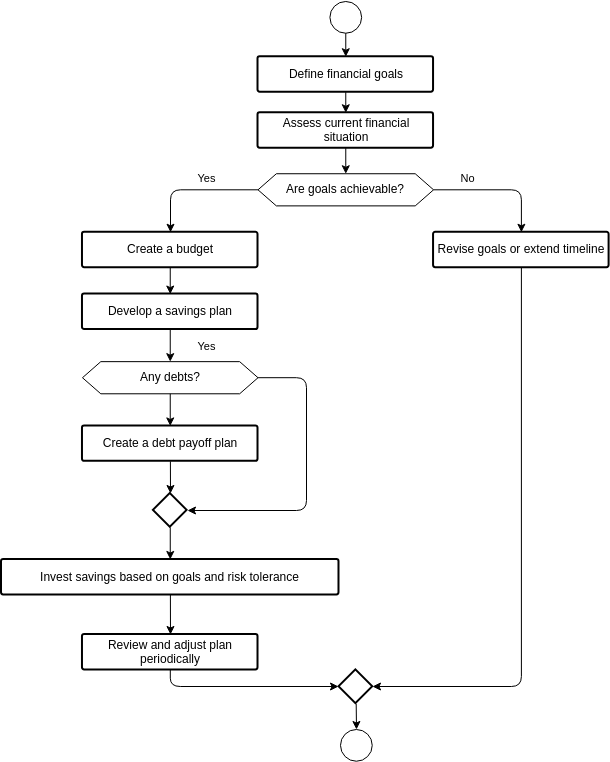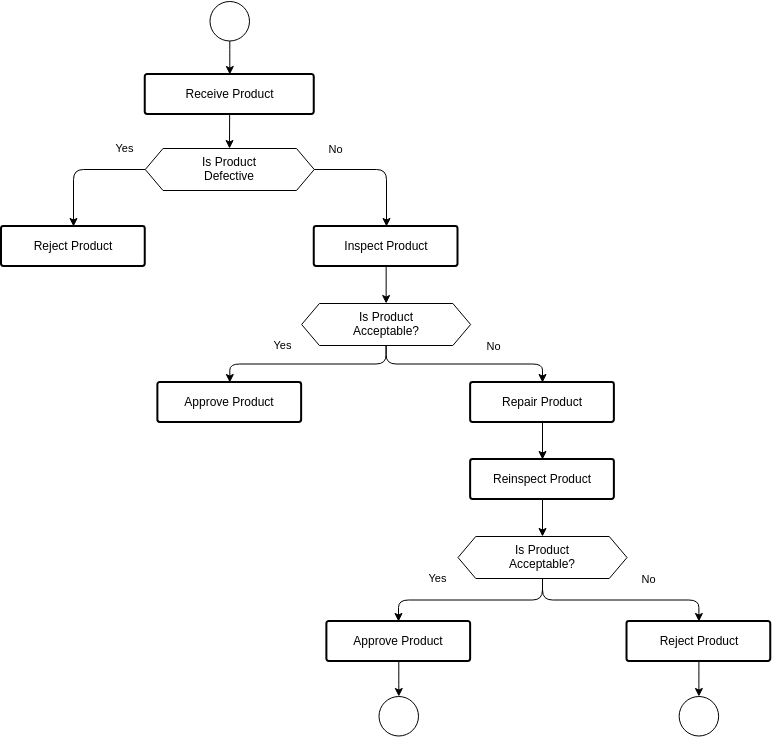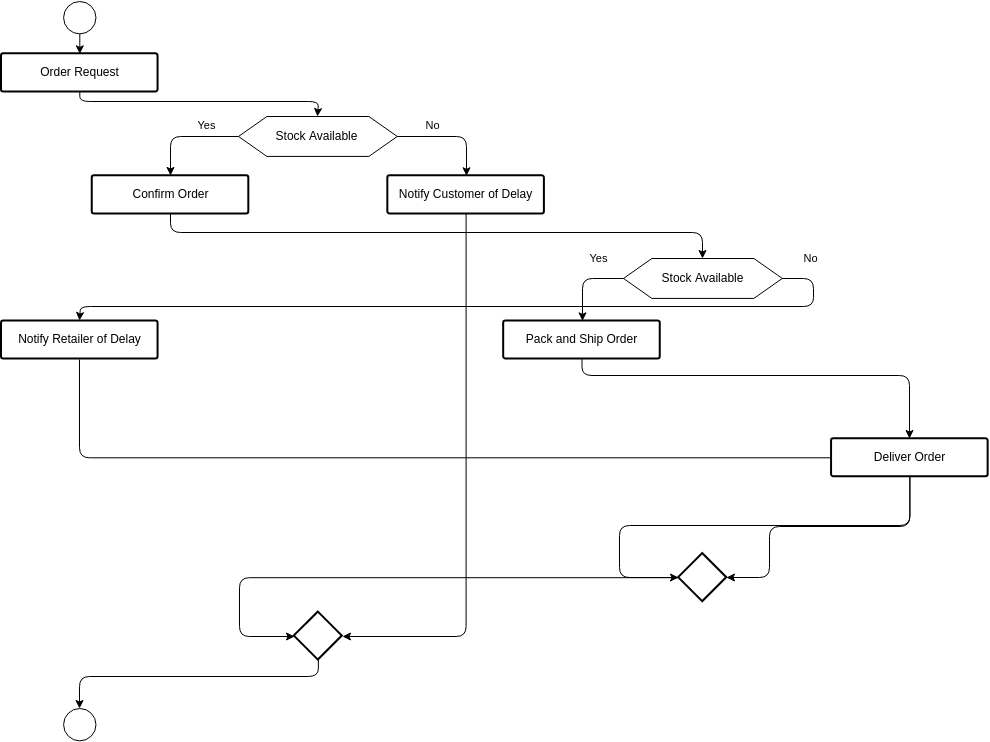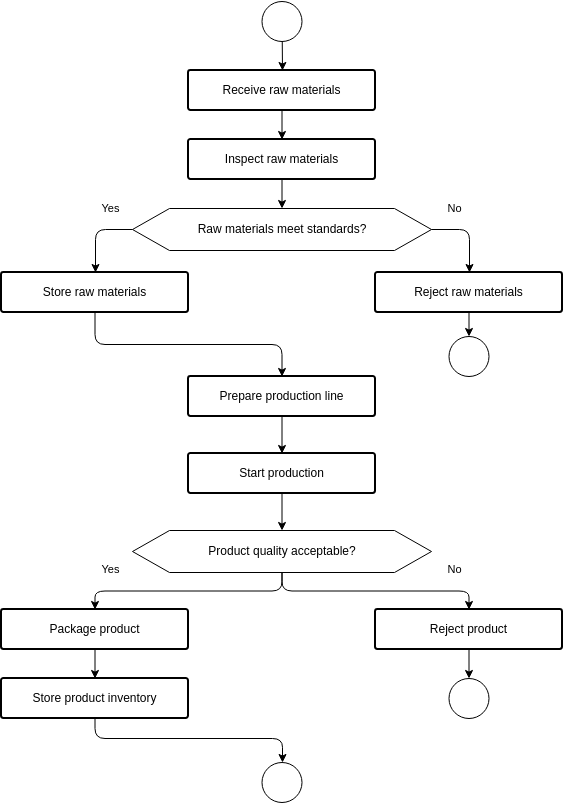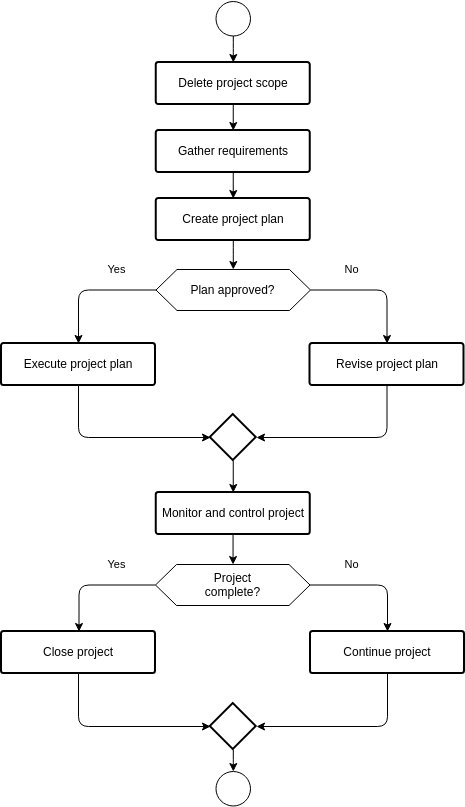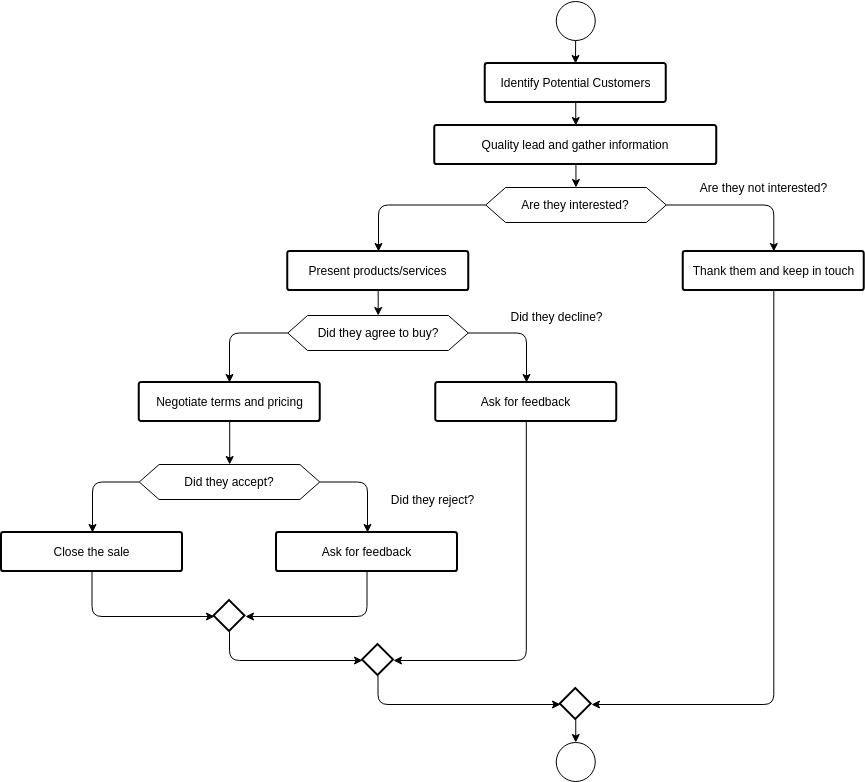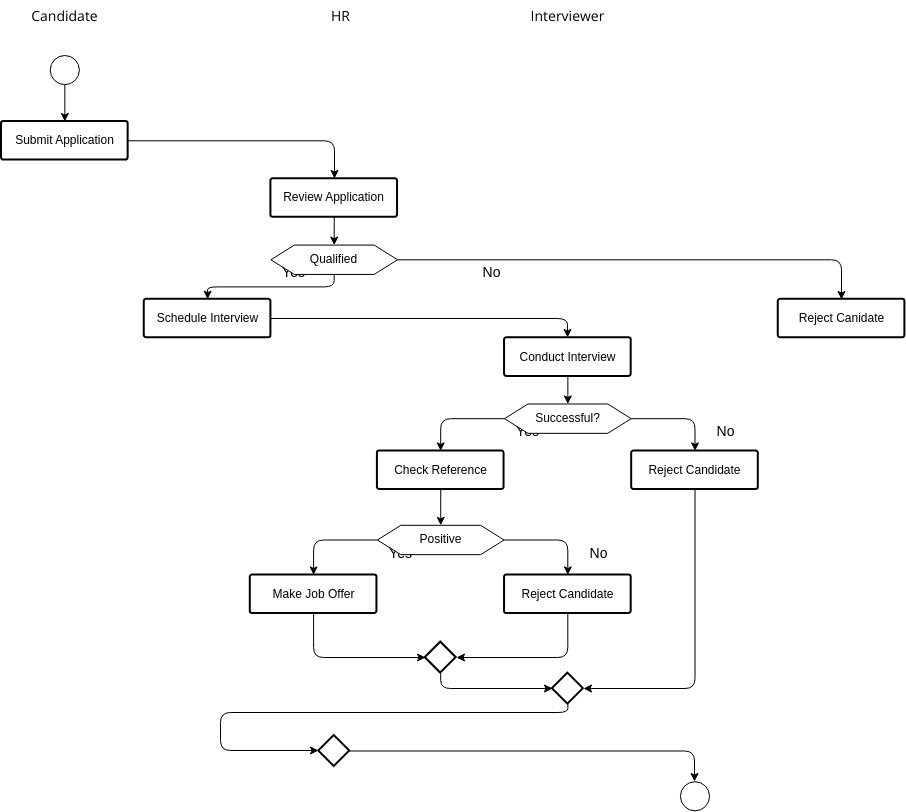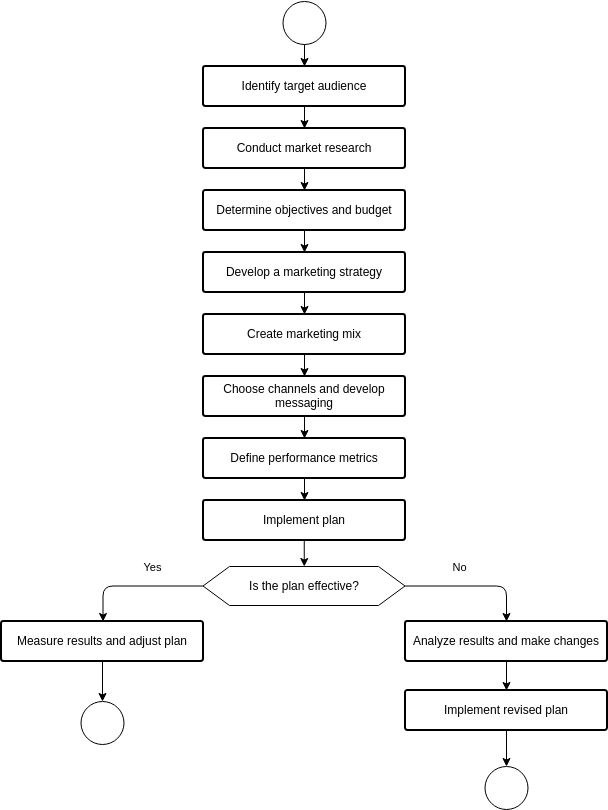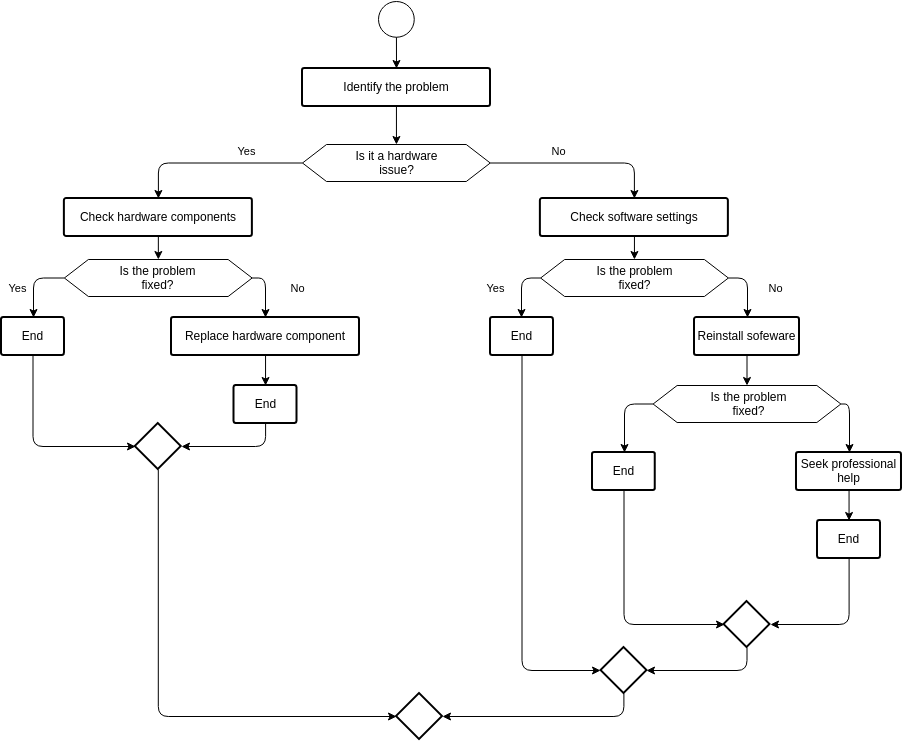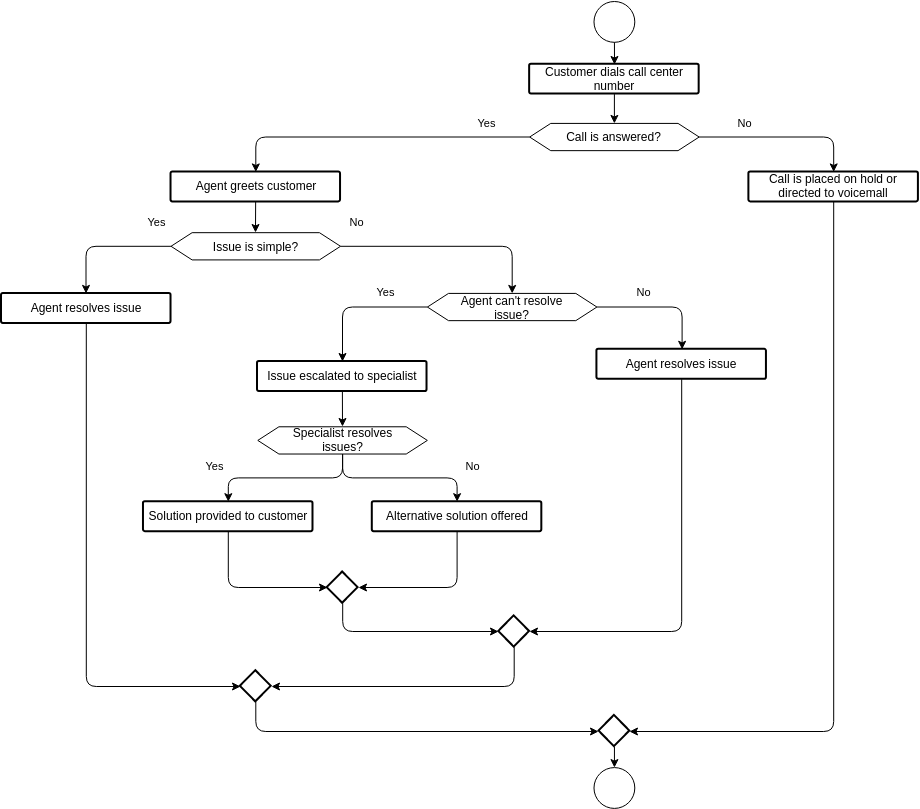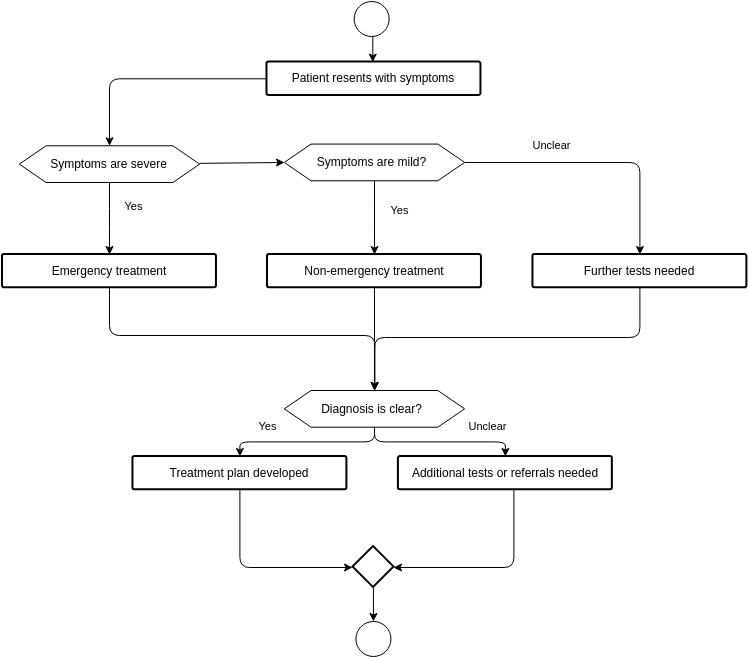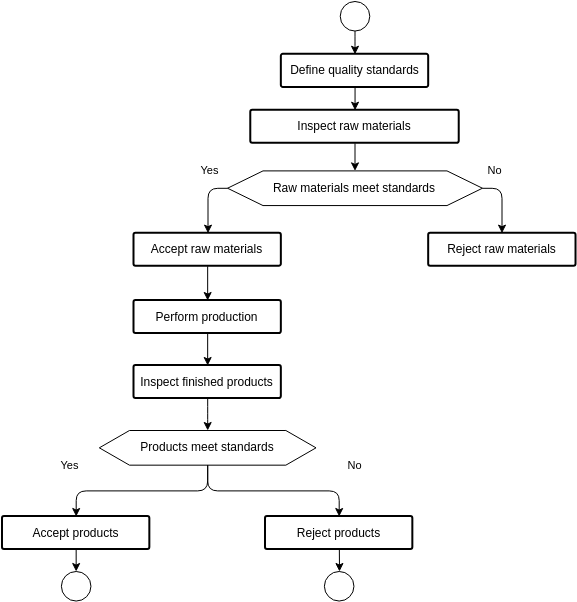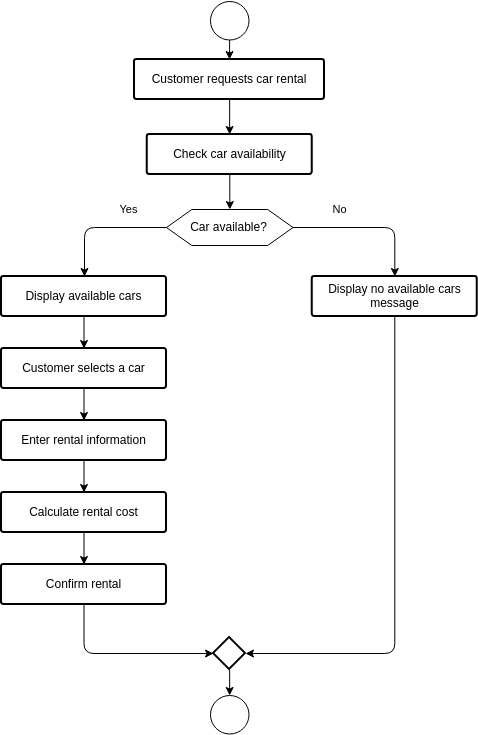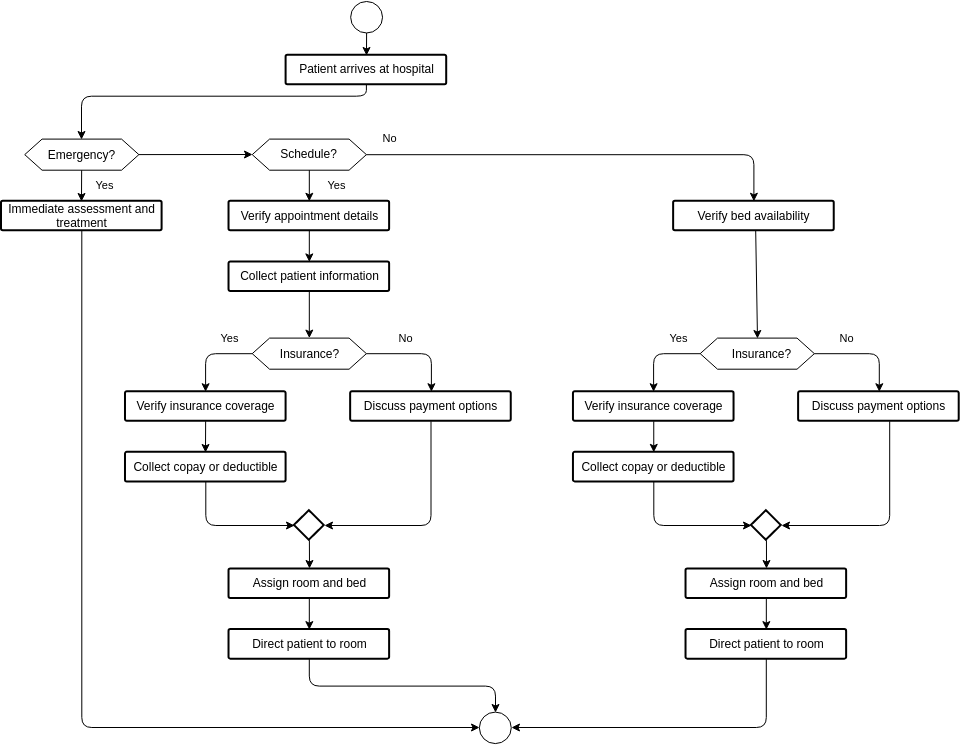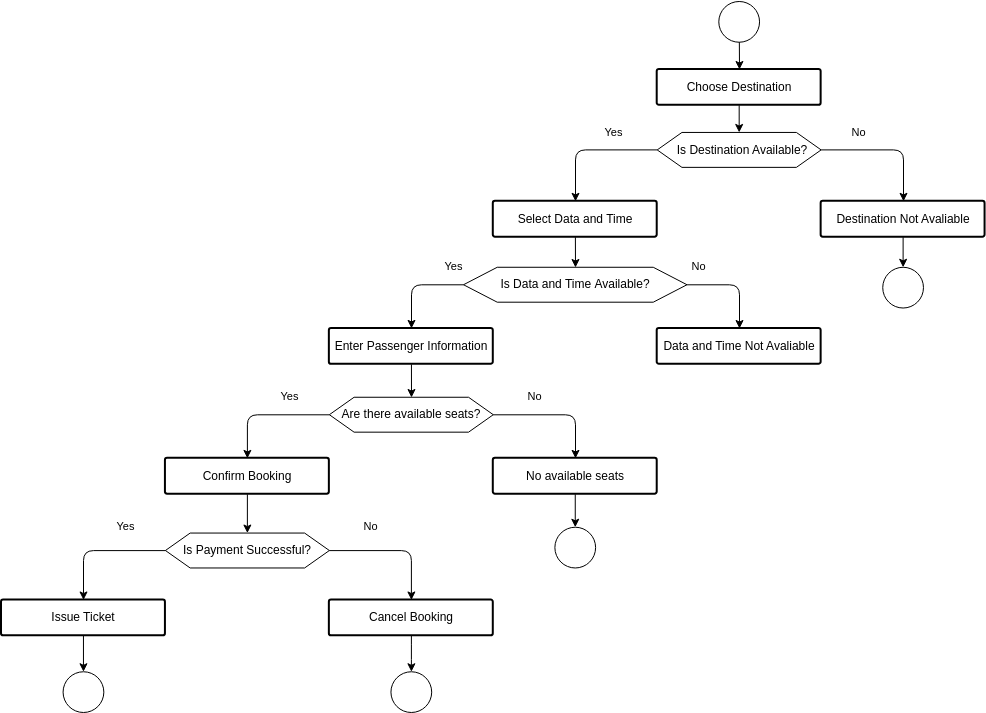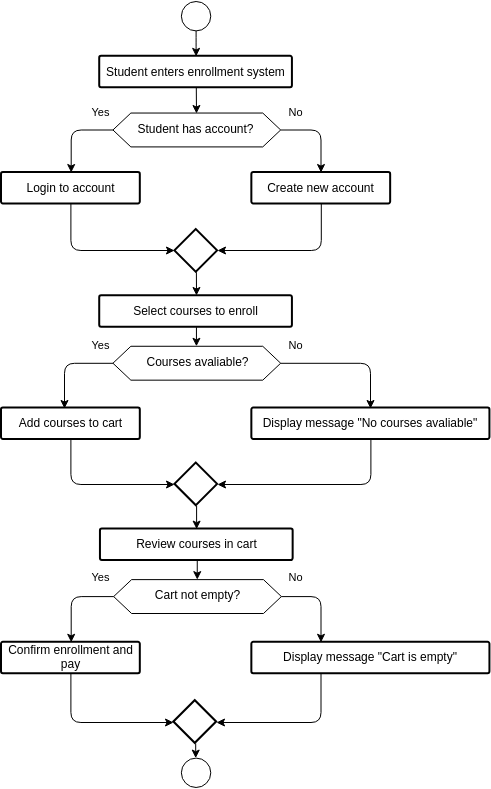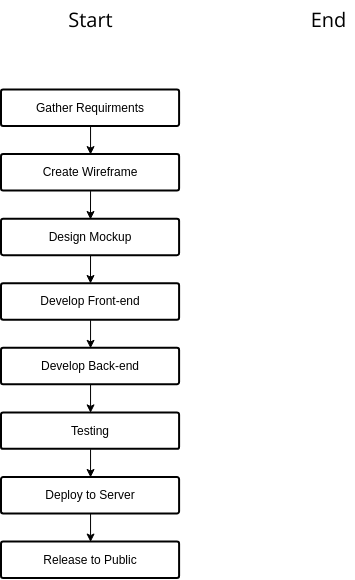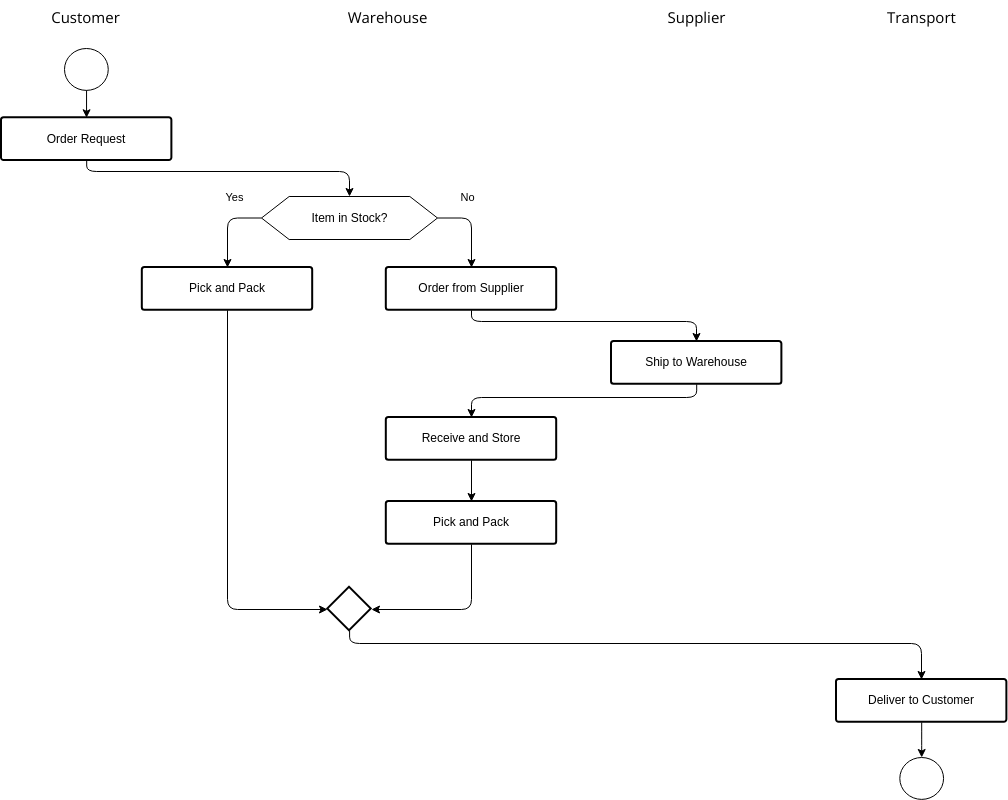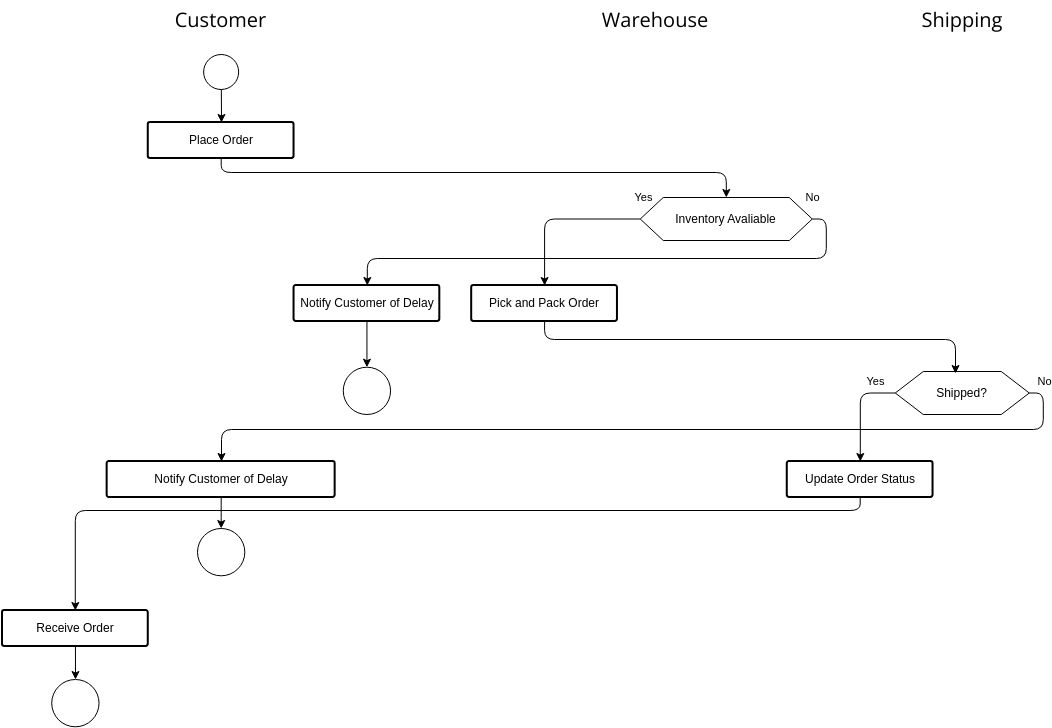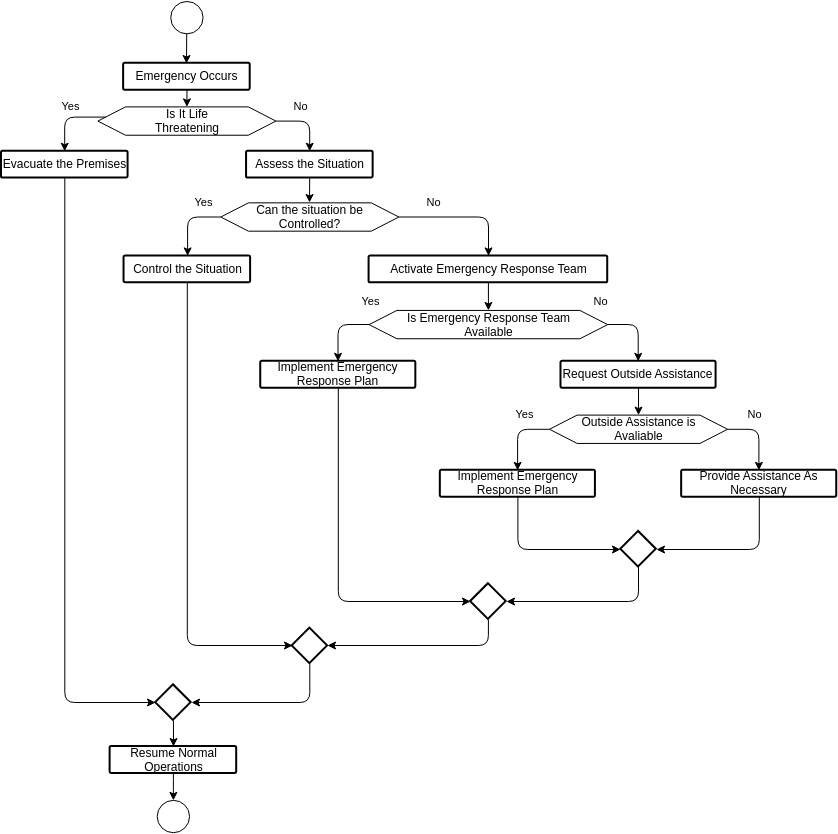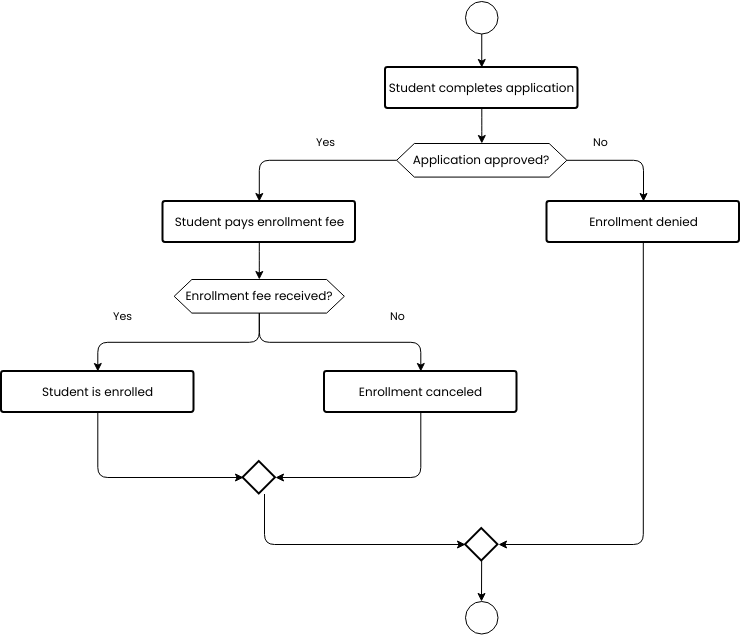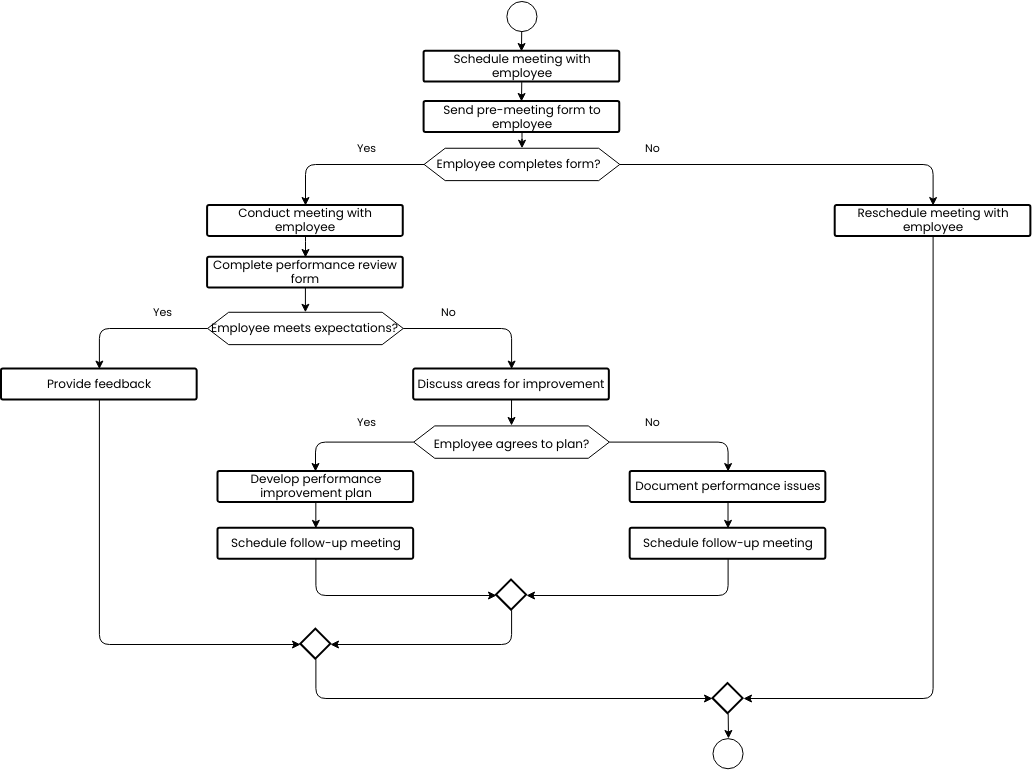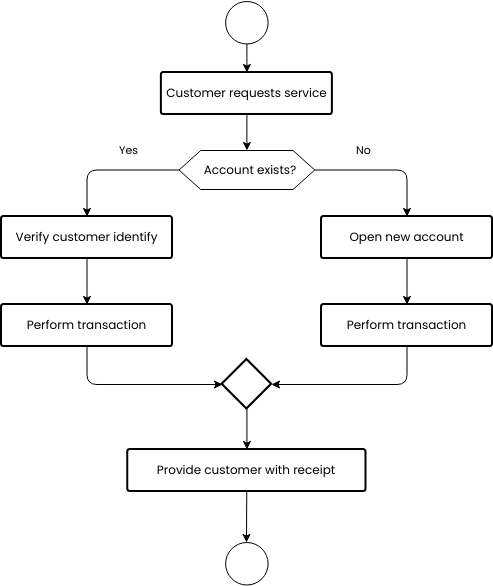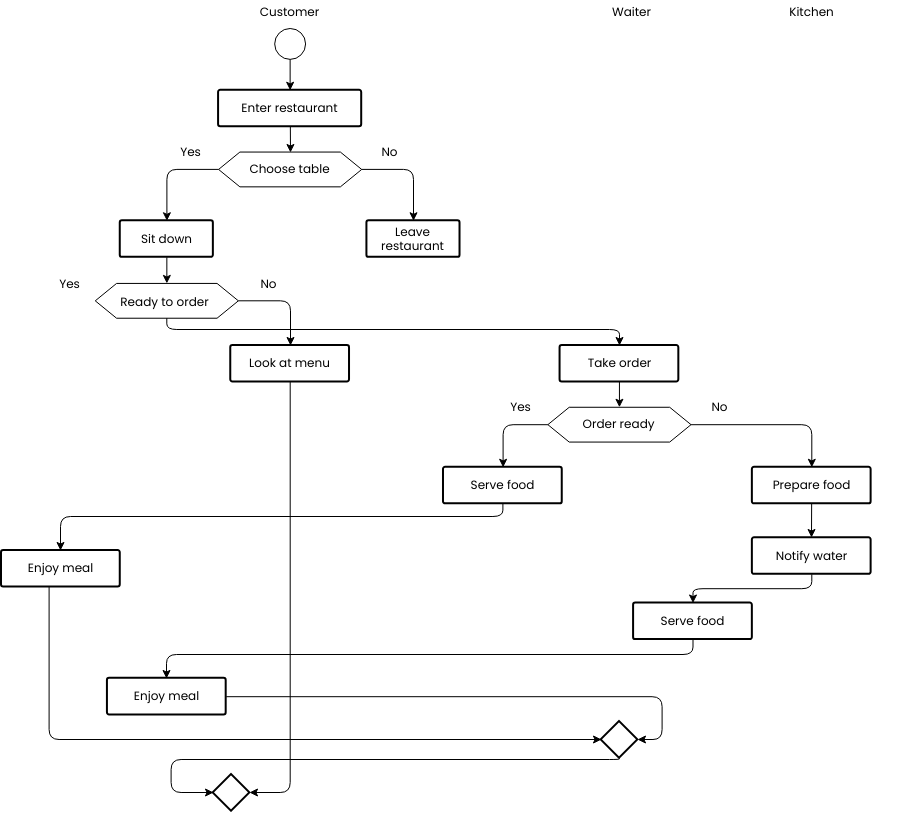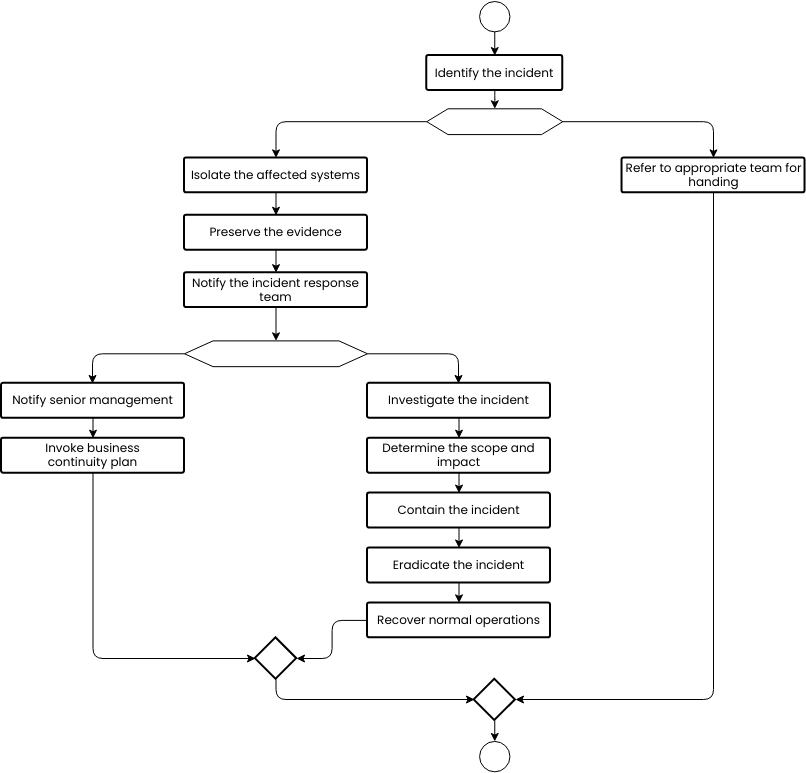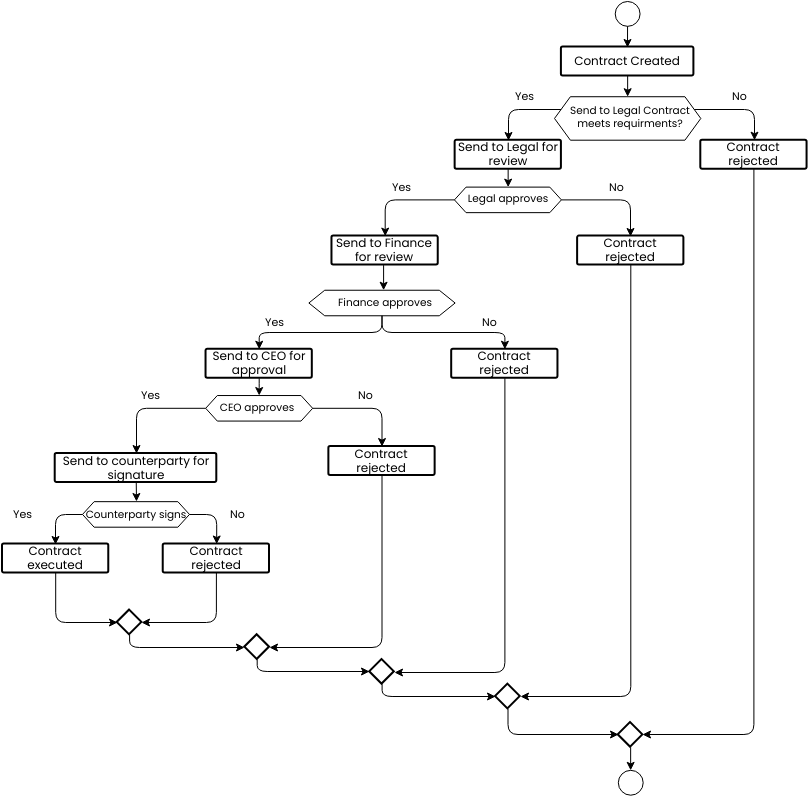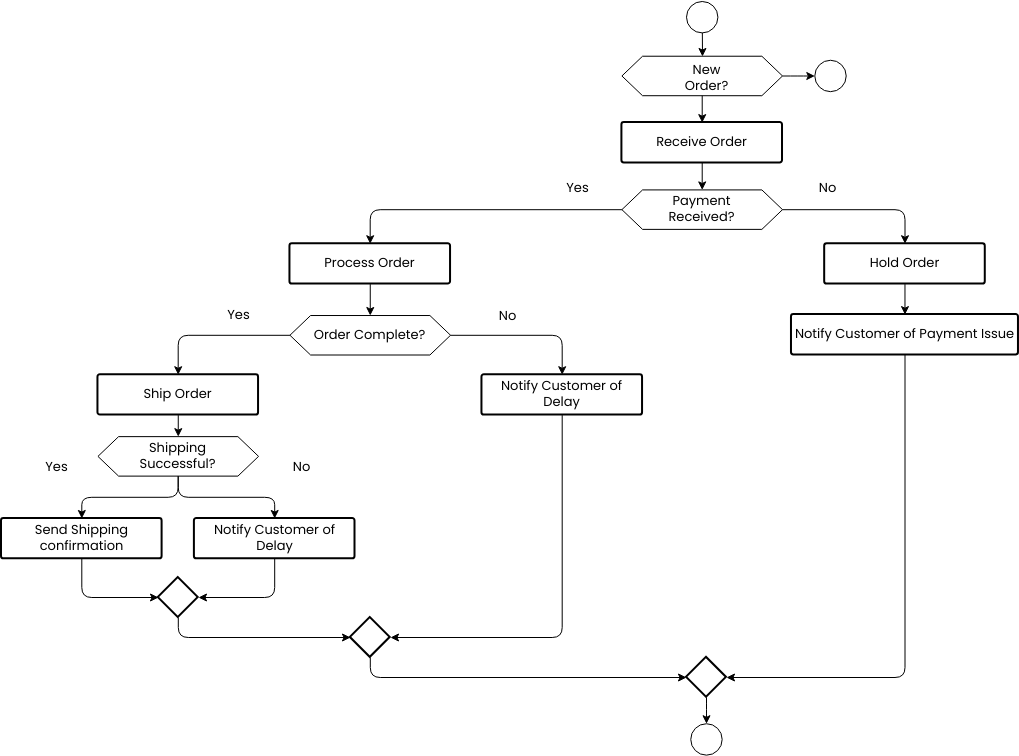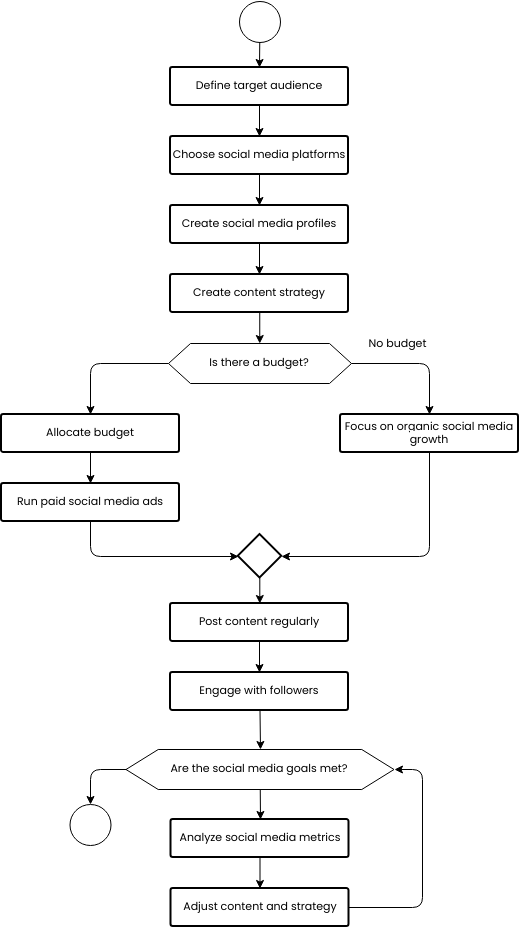The Borrowing and Returning Books flowchart is a visual representation of the process involved in borrowing and returning books at a library. The flowchart outlines the steps that need to be taken to successfully complete these tasks. The first step in the flowchart is when a student presents their ID to the librarian. This step is important as it helps the librarian to identify the student and ensure that they are eligible to borrow books from the library.
Once the student has presented their ID, the librarian issues a book to the student. This step involves selecting the book that the student wishes to borrow and recording the details of the book, such as the title, author, and date borrowed. The librarian will also update the book records to reflect that the book has been borrowed and is no longer available for other students to borrow.
When the student returns the book, the librarian will update the book records to reflect that the book has been returned and is now available for other students to borrow. They will also update the student records to indicate that the book has been returned and record the return date. If the book is returned late, the librarian will assess any late fees or fines that may be due.
Finally, once the necessary records have been updated, the librarian will display a message to the student indicating that the book has been issued or returned successfully. This message serves as confirmation to the student that they have successfully borrowed or returned the book and can now continue with their day.
Pros of creating borrowing and returning books flowchart
Creating a Borrowing and Returning Books flowchart has several advantages for a library. Firstly, it helps to standardize the process of borrowing and returning books. By following a standardized process, library staff can ensure that they are completing transactions accurately and efficiently. The flowchart can also serve as a reference tool for staff members, allowing them to quickly access information about the correct procedures to follow. This helps to reduce the likelihood of errors or omissions in book records and ensures that customers receive a consistent level of service.
Secondly, the flowchart can help to improve the efficiency of book transactions. By clearly outlining the steps involved in borrowing and returning books, the flowchart can help to identify any bottlenecks or inefficiencies in the process. This information can then be used to make improvements to the process, such as automating certain steps or reallocating staff resources. Streamlining the process of borrowing and returning books can help to reduce wait times for customers and improve their overall experience. Additionally, it can help to ensure that books are available for other students to borrow in a timely manner, improving access to the library's collection.
Searching for some flowchart templates? Go to Visual Paradigm Online and select some designs for customization now!
